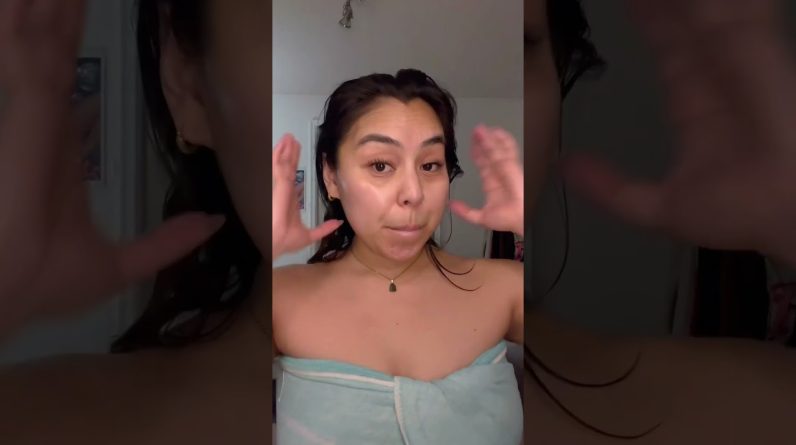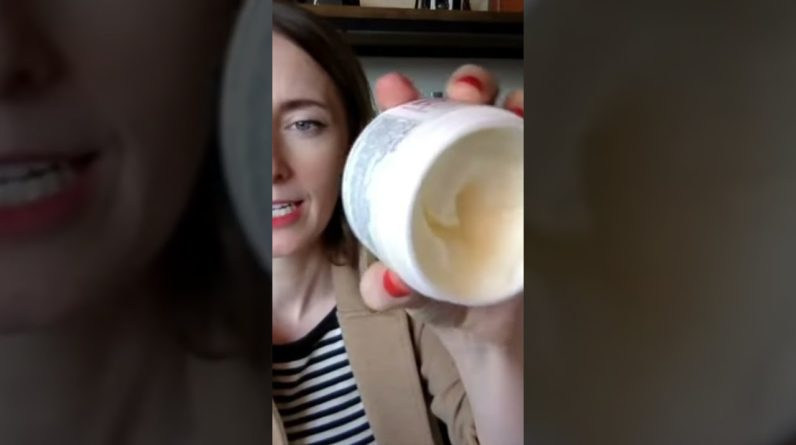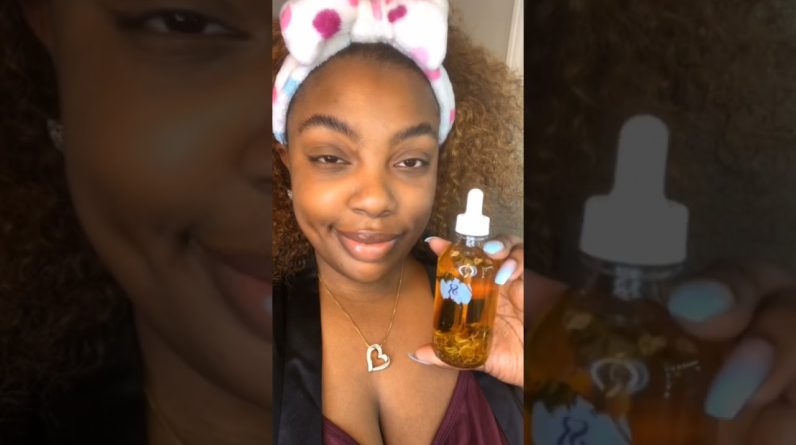Bleeding Under the Conjunctiva (Subconjunctival Hemorrhage).
What is bleeding under the conjunctiva?.
The transparent tissue that covers your eye is called the conjunctiva. When blood collects under this transparent tissue, it’s known as bleeding under the conjunctiva, or subconjunctival hemorrhage.
Many tiny blood vessels are located in the conjunctiva and in the space between the conjunctiva and the underlying sclera, which is the white of your eye. In addition to covering the sclera, the conjunctiva also lines the insides of your eyelids. It contains many tiny glands that secrete fluid to protect and lubricate your eye.
One of the small vessels can burst occasionally. Even a tiny amount of blood can spread out a lot in the narrow space. As the conjunctiva only covers the white of each eye, the central area of the eye (the cornea) is unaffected. Your cornea is responsible for your sight, so any bleeding under the conjunctiva shouldn’t affect your vision.
Bleeding under the conjunctiva isn’t a dangerous condition. It doesn’t usually require treatment, and it often goes away on its own within one to two weeks.
What causes bleeding under the conjunctiva?.
The causes for many cases of subconjunctival hemorrhage aren’t known. Causes can include:
*accidental injury.
*surgery.
*eyestrain.
**cough.
*forceful sneezing.
*lifting heavy objects.
*eye rubbing.
*high blood pressure.
*bleeding disorders.
*certain drugs, including aspirin (Bufferin) and steroids.
*eye infections.
*infections associated with a fever, such as influenza and malaria.
*certain diseases, including diabetes and systemic lupus erythematosus.
*parasites.
*vitamin C deficiency.
Newborn babies can occasionally develop a subconjunctival hemorrhage during childbirth.
What are the symptoms of bleeding under the conjunctiva?.
This condition typically causes redness in one of your eyes. The affected eye may feel slightly irritated. Usually, there aren’t other symptoms. You shouldn’t experience any changes in your vision, any eye pain or discharge. Your eye will probably have a patch that appears bright red, and the rest of your eye will have a normal appearance.
You should see your doctor immediately if you have blood in your eye after an injury to your skull. The bleeding may be from your brain, rather than just in the subconjunctiva of your eye.
Who is at risk for bleeding under the conjunctiva?.
Bleeding under the conjunctiva is a common condition that can occur at any age. It’s thought to be equally common for all sexes and races. The risk of experiencing this kind of bleeding increases as you get older. If you have a bleeding disorder or if you take drugs to thin your blood, you may have a slightly higher risk.
How is bleeding under the conjunctiva diagnosed?.
It’s important to tell your doctor if you’ve recently experienced any unusual bruising or bleeding, or any other injuries, such as a foreign object in your eye.
You usually won’t need tests if you have bleeding under your conjunctiva. Your doctor will examine your eye and check your blood pressure. In some cases, you may need to give a blood sample to test for any bleeding disorders. This is more likely if you’ve had bleeding under the conjunctiva more than once or if you’ve had other odd hemorrhages or bruises.
What is the treatment for bleeding under the conjunctiva?.
Usually, treatment is unnecessary. A subconjunctival hemorrhage will resolve on its own within 7 to 14 days, gradually becoming lighter and less noticeable.
Your doctor may recommend that you use artificial tears (Visine Tears, Refresh Tears, TheraTears) several times per day if your eye feels irritated. Your doctor may advise you to avoid taking any drugs that might increase your risk of bleeding, such as aspirin or warfarin (Coumadin).
You’ll need further evaluation if your doctor finds your condition is due to high blood pressure or a bleeding disorder. Your doctor may prescribe a medication to lower your blood pressure.
How can I prevent bleeding under the conjunctiva?.
It’s not always possible to prevent subconjunctival hemorrhages. It can help to avoid taking medications that increase your risk of bleeding.
You should try to avoid rubbing your eyes. If you suspect there’s something in your eye, flush it out with your own tears or artificial tears rather than using your fingers. Always wear protective goggles when recommended to avoid getting particles in your eyes.
All Photos Licensed Under CC
Source :
www.pexels.com
www.pixabay.com
www.commons.wikimedia.org
source








